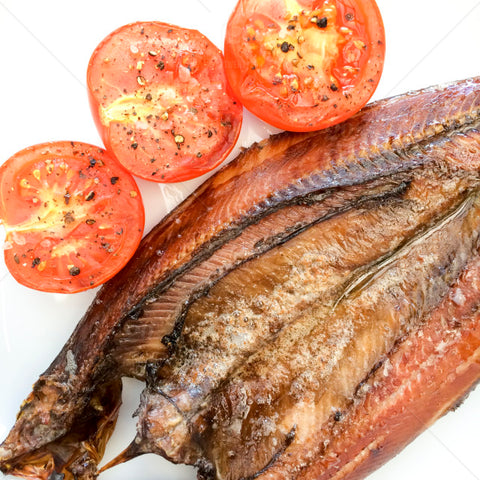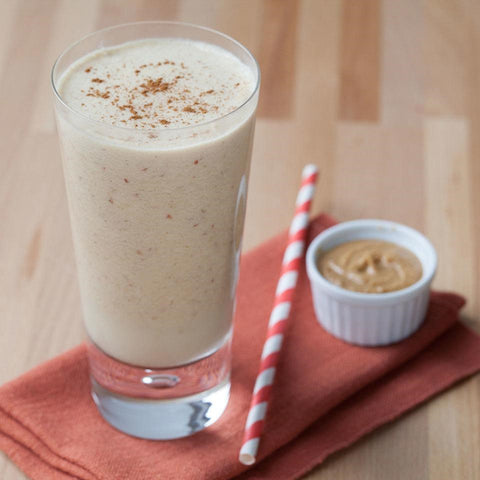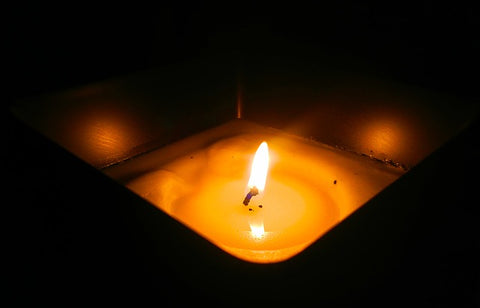Red herrings, bloaters and kippers all begin life as herrings but are transformed by being cured in different ways. Before electrical refrigeration, curing fish by salting and smoking was an important method of preservation.
Of the three, red herrings have the strongest taste. They are made by soaking whole herrings in brine for up to three weeks and then smoking them for another two or three weeks. This turns the flesh red. Red herrings have been made for centuries.
These strongly flavoured fish have fallen out of favour but they live on in the phrase “red herring”, i.e. a misleading and irrelevant distraction.
Bloaters are a lot like red herrings in that they are not gutted or split before being cured, but bloaters are only lightly salted and lightly smoked. The cure for bloaters is considerably quicker than for red herrings. This produces a mild tasting soft fish.
John Woodger is credited with inventing the kipper in Northumberland during the 1840s. His innovation was to split the herring along its back (not along the belly) and remove the guts. Once this is done the herring is soaked in brine for 20-30 minutes and then smoked for 12-20 hours. Regional variations mean that there are lots of different types of kipper.
To summarise,
- Red herrings – an old cure for whole herring that produces salty and highly smoked fish. A good keeper.
- Boaters – lightly salted and lightly smoked whole herrings. Mild tasting.
- Kippers – a 19th century innovation. The fish are split, gutted and smoked.
Source – Food Heros & Heroins



